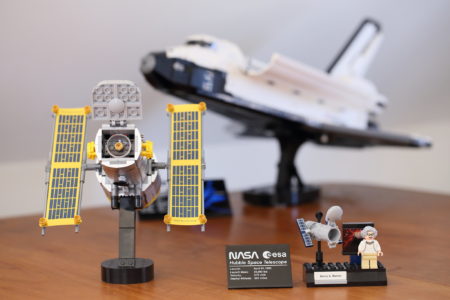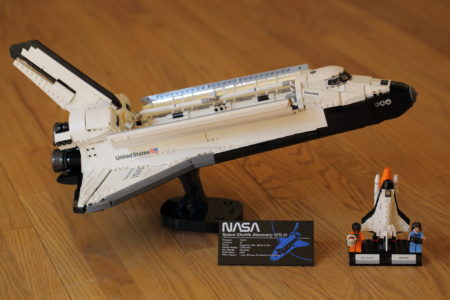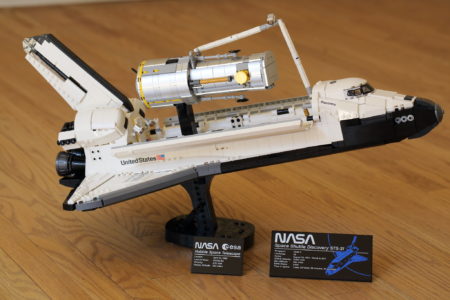One inescapable but confounding element of trying to understand politics, international relations, and history up to the present day is that we don’t have access to what governments are doing in secret. We will need to re-write the history of these times decades from now, if circumstances and freedom of information laws permit historians to learn about the skullduggery of this era.
One potentially important example is happening now in space. Satellites have become crucial to everything from time synchronization for high precision activities to navigation and communication. They also can’t really be hidden. Perhaps there are satellites with optical stealth that are hardly or never visible, but even top secret spy satellites of the conventional design can have their orbits determined by civilians with stopwatches and binoculars.
That is why we know that Russia, among others, has been experimenting with satellites that approach others and can potentially disrupt or destroy them, or monitor their activity. An article on China’s program includes the intriguing phrasing: “non-cooperative robotic rendezvous” between spacecraft. Russia’s Cosmos 2542 is known to have approached USA 245: an American spy satellite believed to be one of the largest things in space.
One can only speculate on how such capabilities are influencing world politics and the unfolding of events.




